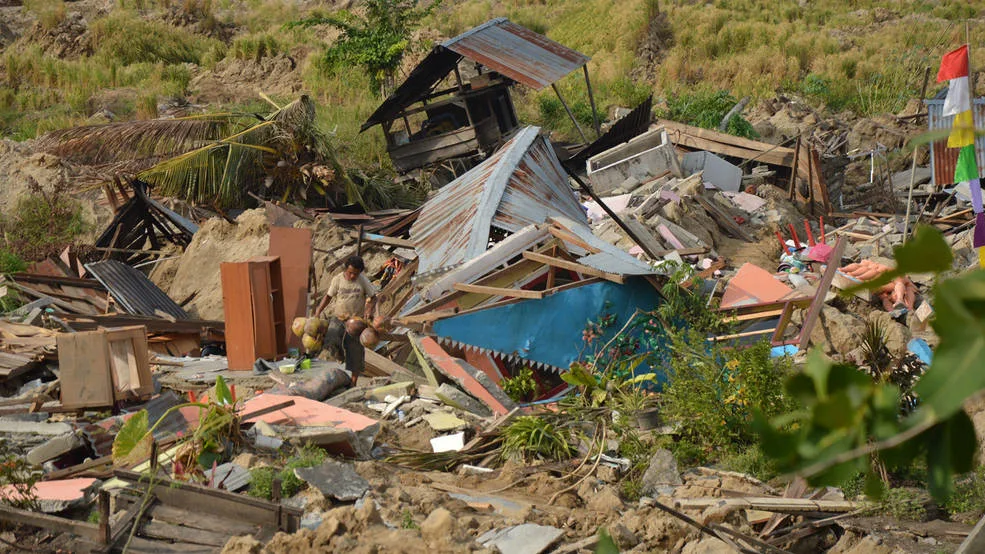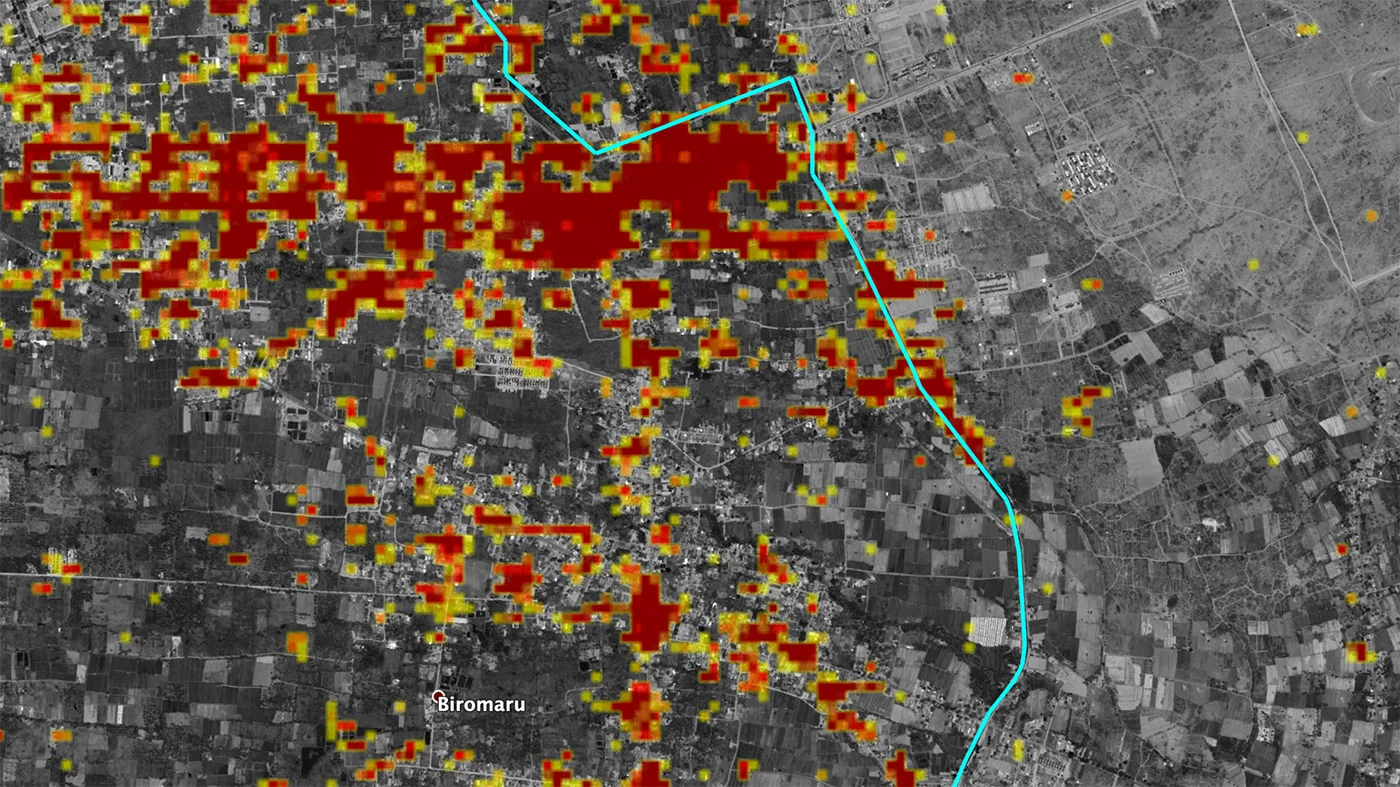
NASA discovers new risk factor for deadly quake-caused mudslides
Irrigation-intensive crops like rice make soil liquefaction more likely during a quake.
Hillside agriculture such as rice fields increase the risk of landslides during earthquakes, reads a new study from scientists affiliated with NASA.
That's based on research into the aftermath of the September 2018 earthquake that struck the Indonesian island of Sulawesi. The Magnitude 7.5 tremor struck at a relatively shallow depth and triggered a tsunami. Some 4,300 people were killed (according to the final count in the Jakarta Post), about half in the city of Palu.
Many of the dead were killed in the large-scale mudslides that occurred as a result of liquefaction -- the process by which shaking from an earthquake causes moist, loose soil to effectively flow like a liquid. However, the scientists say liquefaction typically happens on flat land, where the water table stabilizes at a relatively shallow level, rather than hillside terrain, prompting them to investigate.

A man picks through the wreckage after the 2018 earthquake in Palu. Credit: European Union/Pierre Prakash, CC BY-NC-ND 2.0
They found the hillsides where the mudslides took place were being used for agriculture, specifically rice cultivation, which requires a lot of water brought in by an aqueduct. That raised the water table high enough to make liquefaction more likely in the 2018 quake.
"If there hadn't been intensive irrigation, the landslides wouldn't have happened," Kyle Bradley, one of the lead authors of the paper, said in a release from NASA. "This is a human-caused hazard, and it can have a human solution. We can't mitigate the hazard of ground shaking on Palu, but the agricultural practices can be updated based on this new understanding."
Aside from better farming practices and planning, planting more trees, and specific types of trees, can help. The researchers found that areas much further downhills where coconut palms had been planted didn't experience liquefaction, as they require less water and don't raise the water table as much. In fact, they help slow the mudslides when they reached areas where were planted.

In this map, red and yellow pixels show damage from mudslides, and the blue line marks the route of the irrigation aqueduct. The terrain slopes downhill from right to left. Credit: NASA/JPL-Caltech/JAXA
Bradley says a cause for concern is that many earthquake-prone areas feature rice cultivation, raising the risk of deaths in the event of a tremor.
"If an engineer had gone to Palu and evaluated the system from first principles, they would likely have been able to identify this risk," he said. "I hope this study is an impetus for people to go and study these other places."
The study was published in Nature Geoscience last month.
